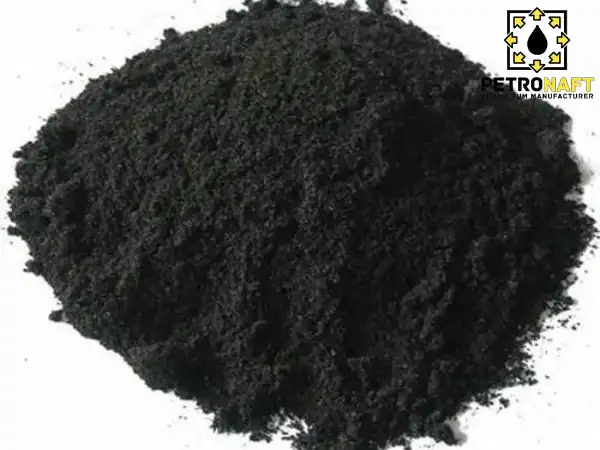Content Overview
Understanding Rubber Asphalt Cost: Evaluating the Benefits, Usage, and Prices
When it comes to rubber asphalt cost, understanding the benefits, usage, and pricing of this material is crucial for informed decision-making. This article delves into the key aspects of rubber asphalt, shedding light on its unique features and providing an extensive cost evaluation to help you determine if it’s the right solution for your paving needs.
1. Introduction to Rubber Asphalt
Rubber asphalt is a sustainable, eco-friendly paving material made by combining crumb rubber from recycled tires with traditional asphalt binders. This innovative blend offers various benefits, such as reduced maintenance costs, improved performance, and enhanced durability. As a result, rubber asphalt is gaining popularity as a cost-effective alternative to conventional pavement materials.
2. Benefits of Rubber Asphalt
Rubber asphalt offers several advantages over traditional asphalt, including:
A. Enhanced Durability: Rubber asphalt has a longer lifespan due to its flexibility and resistance to cracking, rutting, and potholes. This reduces the need for frequent maintenance and repairs, leading to significant cost savings in the long run.
B. Noise Reduction: Rubberized asphalt provides a quieter driving experience as it absorbs road noise more effectively than conventional asphalt.
C. Improved Skid Resistance: The increased traction offered by rubber asphalt helps to prevent skidding and accidents, particularly in wet conditions.
D. Environmental Benefits: Utilizing recycled rubber in asphalt production reduces the number of tires in landfills and conserves natural resources, making it a more environmentally friendly option.
3. Factors Affecting Rubber Asphalt Cost
Several factors can influence the cost of rubber asphalt, including:
A. Material Prices: The cost of crumb rubber and asphalt binder can fluctuate based on market conditions and availability. (Crumb Rubber Modified Bitumen-CRMB)
B. Project Size: Larger projects may benefit from economies of scale, leading to lower costs per square foot.
C. Location: Transportation and labor costs can vary depending on the project’s location.
D. Existing Pavement Conditions: The condition of the existing pavement may require additional preparation or repair work, increasing the overall project cost.
4. Comparing Rubber Asphalt Cost to Conventional Asphalt
When comparing rubber asphalt cost to traditional asphalt, it’s essential to consider both initial installation costs and long-term maintenance expenses. While rubber asphalt may have a higher initial cost, its durability and reduced maintenance needs can offset these expenses over time, making it a cost-effective solution in the long run.
5. Estimating Rubber Asphalt Cost
To estimate the cost of a rubber asphalt project, you’ll need to consider the following components:
A. Material Costs: Calculate the cost of crumb rubber, asphalt binder, and any additional additives required.
B. Labor Costs: Determine the labor rates for the installation team, including equipment operators, truck drivers, and other personnel.
C. Equipment Costs: Account for the cost of renting or purchasing specialized equipment for rubber asphalt installation, such as blending units and pavers.
D. Transportation Costs: Include the expense of transporting materials to the project site.
By combining these factors, you can develop a comprehensive estimate of the rubber asphalt cost for your specific project.
6. Obtaining Quotes from Contractors
To get a more accurate estimate of rubber asphalt cost, it’s best to obtain quotes from several contractors. Be sure to provide each contractor with the same project details to ensure a fair comparison. Remember that the lowest bid may not always provide the best value. Consider the contractor’s experience, reputation, and warranty when making your final decision.
7. Financing Options for Rubber Asphalt Projects
If the upfront costs of a rubber asphalt project seem daunting, several financing options can help make the project more affordable. Some municipalities offer grants or subsidies for sustainable infrastructure projects, including rubber asphalt paving. Additionally, many contractors offer financing plans to spread the cost over time.
8. Conclusion: Is Rubber Asphalt Worth the Cost?
While the initial cost of rubber asphalt can be higher than traditional asphalt, its longevity, reduced maintenance requirements, and environmental benefits can make it a cost-effective solution over the long term. By understanding the factors that influence rubber asphalt cost and the benefits it provides, you can make an informed decision about its suitability for your project.
In conclusion, rubber asphalt, sometimes referred to as crumb rubber asphalt, recycled tire asphalt, or eco-pave, represents a sustainable, cost-efficient option for modern paving needs. Its unique features, ranging from enhanced durability to significant noise reduction, create a compelling case for its use despite initial costs. By carefully estimating your project needs and considering all potential costs and benefits, rubber asphalt can indeed be an investment worth making.
Purchasing from Petro Naft
For more detailed information and to purchase the product discussed in this article, please visit the dedicated product page below. Alternatively, use the various communication channels provided on our site to register your purchase inquiry or take advantage of our expert guidance.
Prepared by the PetroNaft Co. research team.



